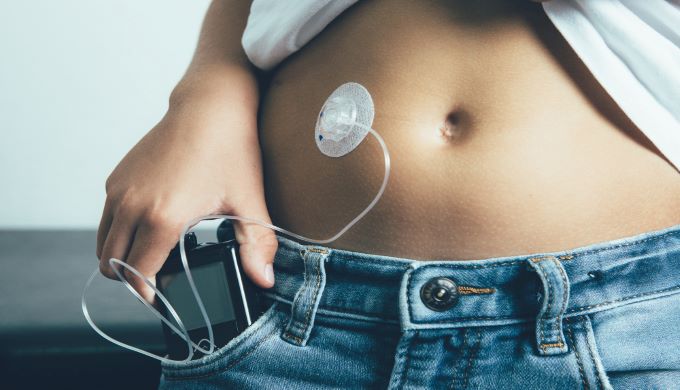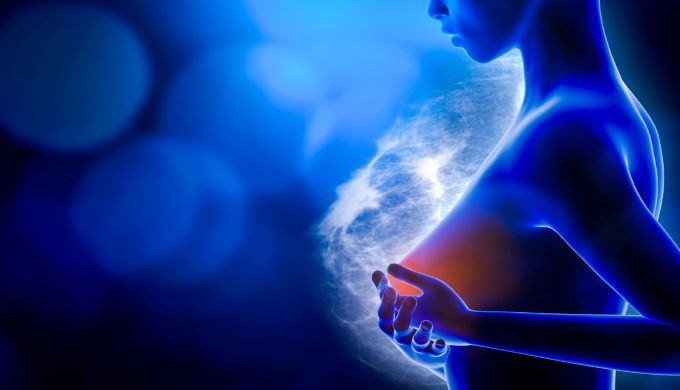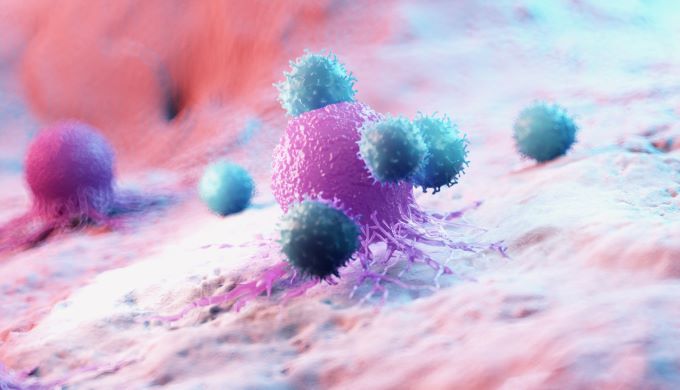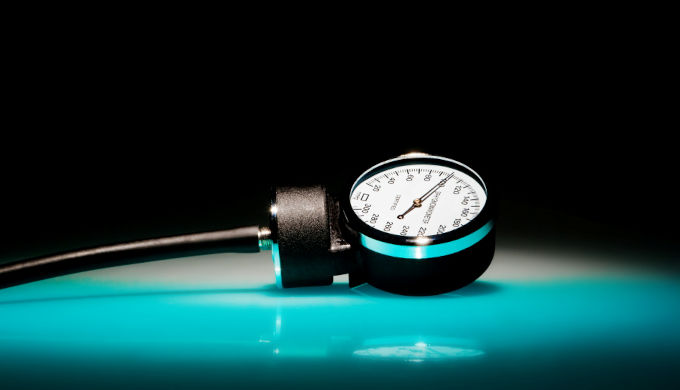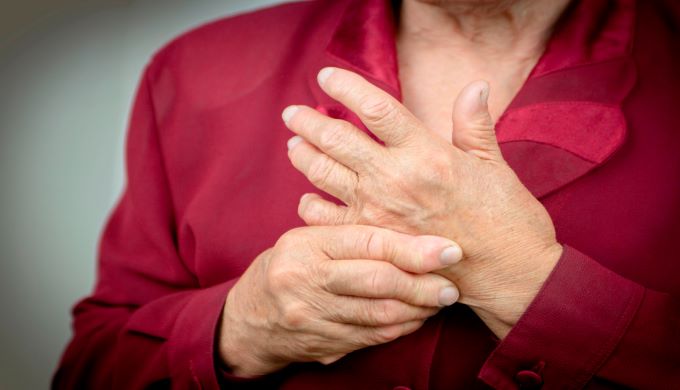Author: Laura Cowen
medwireNews: Children and adolescents using an advanced hybrid closed-loop system (a-HCL) for type 1 diabetes can tolerate an unannounced snack containing 20 g of carbohydrate without excessive blood sugar fluctuations, Italian researchers report.
Daniela Nisticò (University of Trieste) and colleagues say their findings “may be particularly helpful for children who are still not autonomous in providing insulin boluses through the pump when not assisted by an a-HCL skilled caregiver (e.g., school teachers and babysitters).”
They investigated the carbohydrate tolerance threshold for unannounced snacks in 14 children and adolescents with type 1 diabetes (mean age 14.5 years) who were using the Medtronic MiniMed 780G advanced hybrid closed-loop system and had a premeal blood glucose level below 150 mg/dL.
The participants were asked to start their day with a snack (crackers, juice, chocolate biscuits, or chocolate bars) that contained approximately 10, 20, or 30 g of complex or simple carbohydrates, with or without fats, for 12 days. They had no premeal insulin bolus and measured blood glucose before and 2 hours after the meal.
Nisticò and co-authors report in Diabetes Care that the difference in blood glucose between the first and second measurements increased by a significant 2.4 mg/dL, 2.02 mg/dL, and 0.80 mg/dL with each 1 g increase in complex carbohydrates, fats, and simple carbohydrates, respectively.
In addition, the difference between the pre- and post-meal measurements decreased by a significant 0.54 mg/dL with each 1 mg/dL increase in premeal glycemia.
Area under the receiver operating characteristic curve analysis showed that a snack with 19.8 g of total carbohydrate resulted in a 50 mg/dL increase in blood glucose 2 hours after the meal, which was the tolerance threshold set by the researchers.
They note, however, that the rise in blood glucose was mainly driven by complex carbohydrates and fats. Indeed, the mean increase in glycemia was below 50 mg/dL when the participants ate up to 30 g of simple carbohydrates, but the limit for complex or any carbohydrates was only 10 g when combined with fats.
In spite of this, blood glucose levels never exceeded 250 mg/dL in the 2 hours after any snack of up to 30 g of carbohydrates, and the mean time in glycemic range was at least 70%.
Nisticò et al conclude that “although there is always the need to reinforce the importance of bolusing before meals, in selected circumstances, MiniMed 780G pediatric users can eat unannounced snacks up to 20 g of [carbohydrate] (preferably complex [carbohydrate] without fats or simple [carbohydrate] with fats),” without causing a glycemic excursion.
They add: “Further studies are needed in larger cohorts for bigger unannounced meals, with any starting glycemia, and with other a-HCL systems.”
medwireNews is an independent medical news service provided by Springer Healthcare Ltd. © 2022 Springer Healthcare Ltd, part of the Springer Nature Group
